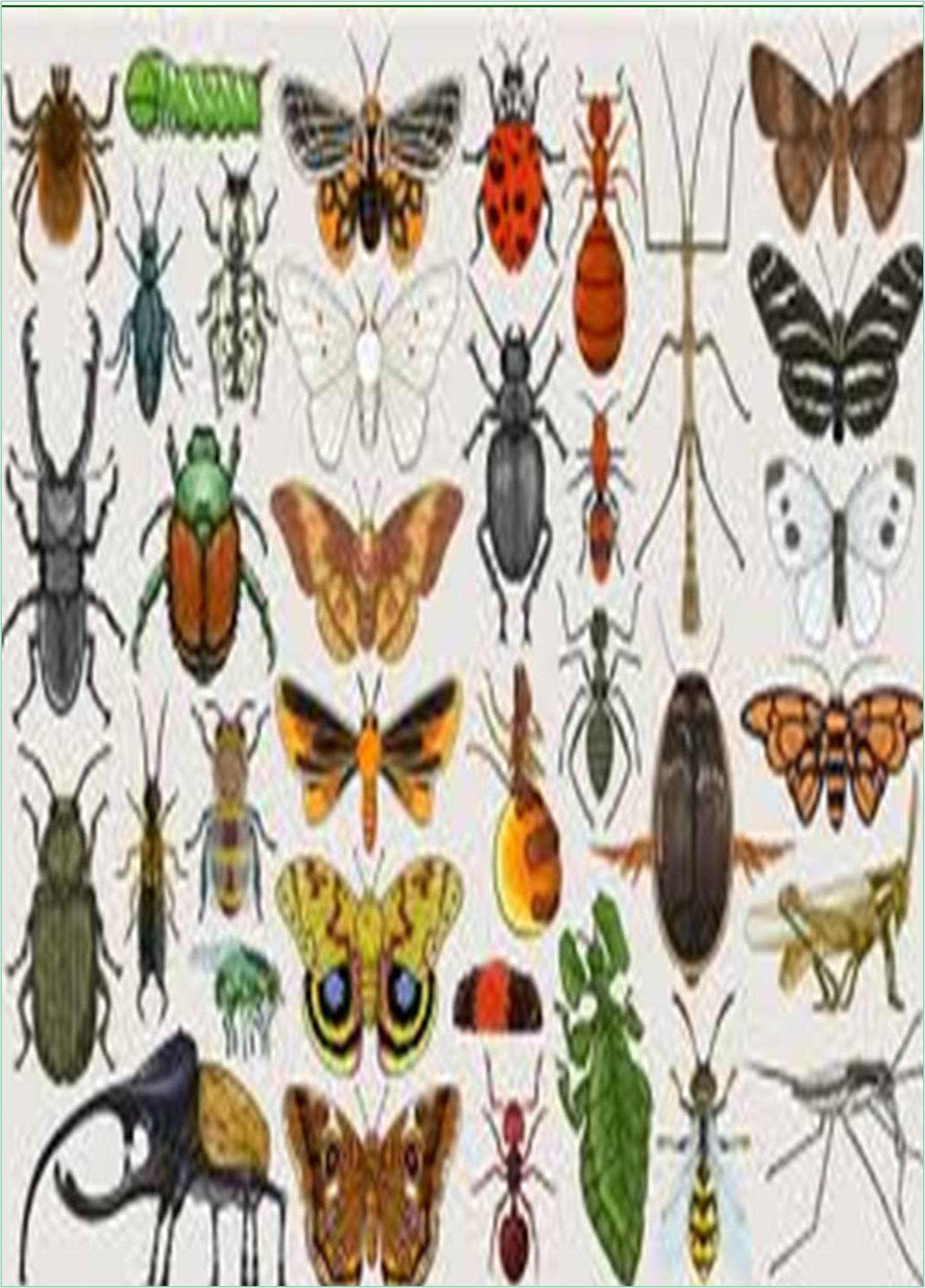



Received: 02-Feb-2022, Manuscript No. IJER-22-62573; Editor assigned: 07-Feb-2022, Pre QC No. IJER-22-62573(PQ); Reviewed: 21-Jan-2022, QC No. IJER-22-62573; Revised: 28-Feb-2022, Manuscript No. IJER-22-62573(R); Published: 10-Mar-2022, DOI: 10.15651/IJER.22.09.004
Arthropods have articulated limbs, exoskeletons, higher receptors in the form of eyes, and considered to be the first class of species to evolve various chemoreceptors. Their long-term survival is indicated by their genetic diversity, as they have such desirable properties. Arthropods are invertebrates characterized by the presence of multiple joints, a chitinous exoskeleton, segmentation, and an open circulatory system (Lee et al., 2021). The chitinous exoskeleton has the function of protecting the internal organs of living organisms. In addition, it provides attachment points for biological muscles, especially arthropods with motile appendages. The exoskeleton of arthropods is composed of layers of chitin and protein. Segmentation is an arthropod involved in the specialization of structures and organs. Additionally, segments provide a region where the multiple limbs or appendages of arthropods arise (Gainett et al., 2021). These appendages have several functions including sensation, walking, copulation, feeding in addition to other functions. The open circulatory system of the arthropods consists mainly of the heart and arteries where the heart delivers the hemolymph to sinuses surrounding the internal organs through arteries. The phylum Arthropoda is further subdivided into subphylum groups where each group is characterized by specific features of the organisms within the group, such as subphylum Trilobitomorpha. Members of this group are characterized by their extinct trilobites; Crustacea includes lobsters, shrimps, and crabs. Chelicerata group members have multiple limbs. They include scorpions and spiders. Members of the Tracheata subphylum include myriapods and insects.
Arthropods Characteristics
The Arthropoda phylum includes over 85% of animals, such as insects, shrimps, millipedes, spiders, and crabs. The number of known and described arthropods is about 30 million species. Over one million of these species are insects. Arthropod species live in a variety of habitats because they can live in the deep sea and highlands. Therefore, the members of the arthropod phylum differ greatly in their structure and history. Arthropods were discovered millions of years ago. For example, the predominant arthropod, the trilobite, was irradiated in the early Paleozoic ocean about 550 million years ago. Furthermore, it is suggested that arthropods had a developmental stage that evolved from the early annelid ancestors. The first spiders appeared about 400 million years ago, and the Devonian insects, spider crabs and centipedes, which appeared about 350 million years ago, also appeared.
Arthropod Respiration
Arthropod respiration depends on the arthropod. Myriapoda and insects have a trachea, a small tube that allows oxygen to diffuse to all parts of the body. The process of diffusion in arthropods is governed by the physical limitation that the growth of the organism does not affect the amount of oxygen supplied to the tissue (Schmitz, 2016). However, tracheal breathing is very efficient and allows ventilation with a slight partial pressure difference between the outside air and the pressure inside the trachea. Breathing through the trachea can provide oxygen to the insect muscles. Marine arthropods use cuticle or gill diffusion (like crustaceans). Spiders have closed gills.
Life Cycle and Reproduction
Arthropods breed primarily through sexual reproduction. However, some arthropods are hermaphroditic, meaning that they have amphoteric organs such as barnacles. Few crustaceans and insects can be propagated by parthenogenesis. When the condition improves again, it returns to sexual reproduction. Arthropods that live in aquatic habitats usually reproduce sexually by via fertilization. Some crustaceans and opirione reproduce sexually using a special appendage that functions as a penis or gonopod (Marchal et al., 2013). All terrestrial arthropods breed by internal fertilization. They usually do this by having male spermatophores, which females absorb into their bodies.
Classification of Arthropods
Since the introduction of arthropods, various classifications of the phylum Arthropod have been proposed. Therefore, there is no specific scheme for classifying arthropods. Differences between the different schemes lie in the main structural features of arthropods such as genital opening position and mandibular joint. These features are further used to classify arthropods hierarchically. Some crustaceans and insects bite the mandible. Fossils show that the lower limbs of these third segments evolved by amputating the entire limb. Great diversity among crustacean members is not found in insects. It describes the constant structure of the three pairs of limbs in the chest, which have no limbs in the abdomen (Giribet et al., 2019). Crustacean diversity is due to various genetic patterns in which isopods (appendages involved in feeding) are formed at the positions of the walking legs. The first segment of the chest contains the head.
Ecological Importance
Arthropods occupy an important position in the food chain and are therefore an important part of the ecosystem. Arthropods can function as decomposers, pollen maters, herbivores, parasites, seed dispersers, and predators. They have a variety of properties that give them the ability to play important roles in ecosystems. In particular, they have excellent fertility, different adaptations to different environmental conditions, smaller sizes, and higher species diversity. Arthropods are used as a biological indicator of ecosystem integrity. Biological indicators are primarily used to study ecosystem variability and health and provide useful information for managing ecosystem planning. Ground arthropods act as decomposers of forest ecosystems, and flying arthropods act as pollinators. As a result, loss of pollen grains can ultimately lead to reduced seed production, and loss of soil arthropods can lead to ecosystem imbalances.